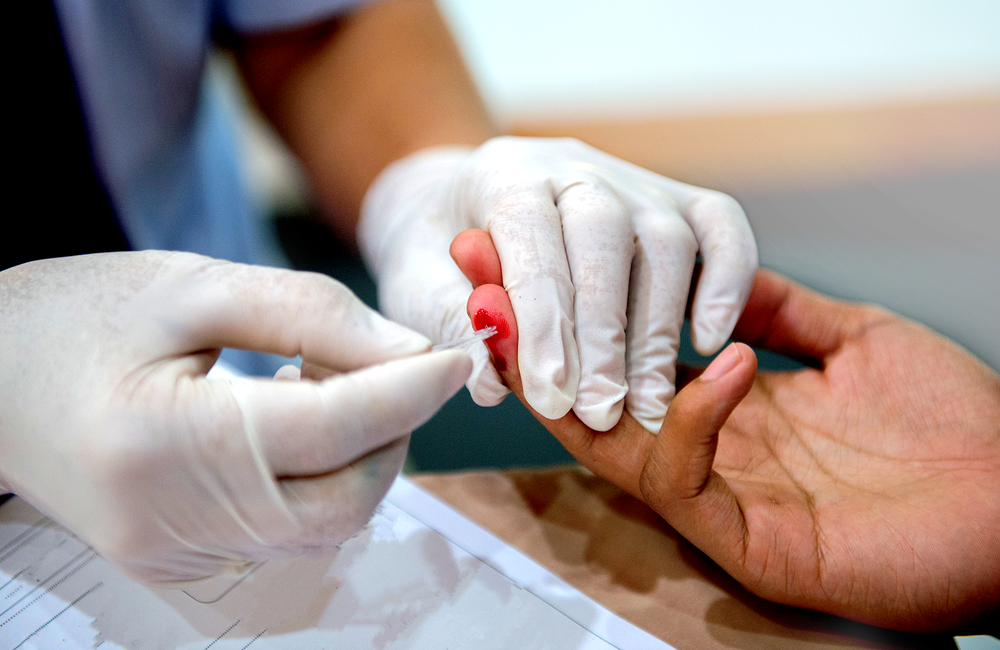
Key points
- False negative results most often occur when people test in the first few weeks after infection, during the ‘window period’.
- After this, they are extremely rare.
- In most settings, the probability of a negative result being accurate is over 99.9%.
The ideal HIV screening test would correctly identify all HIV-positive and HIV-negative individuals 100% of the time. While many HIV tests are extremely accurate, they do not achieve 100% accuracy.
A false negative is a test result that says a person does not have HIV when, in fact, they do.
False negative results most often occur when people test in the first few weeks after infection, during the ‘window period’ of a test. At this time, the markers of infection (p24 antigen and antibodies) that tests look for may be absent or scarce. Tests cannot reliably pick up all cases of infection during the window period. For more information, read our page on window periods.
The chances of having a false negative result therefore depend on the rate of new HIV infections (incidence) in a community. In a low incidence setting, with very little ongoing transmission of HIV, most of the HIV infections which tests need to pick up will be infections that people have had for several months or years. For these long-standing infections, tests are extremely accurate and false negatives are therefore extremely rare.
However, in a community with a higher HIV incidence and ongoing transmission of HIV, a higher proportion of the HIV infections which tests need to pick up will be recent infections (that people have only had for a few weeks). For these, tests are less reliable and false negatives may occur.
False negatives have also been reported in people taking antiretroviral medicines, whether as HIV treatment, pre-exposure prophylaxis (PrEP) or post-exposure prophylaxis (PEP).
False negatives after the window period
After the window period, in people who aren’t taking antiretrovirals, false negative results are extremely rare.
The accuracy of a single HIV test depends in part on characteristics known as sensitivity and specificity. Sensitivity is an indication of test performance when testing people who do have HIV, whereas specificity reflects test performance in relation to people who do not have HIV. Many modern HIV testing devices are extremely sensitive (over 99%) and extremely specific (over 99%) in relation to long-standing HIV infection. There’s more information on sensitivity and specificity on another page.
To some extent, the chances of having a false negative result also depend on how common HIV is in your community. When very few people among those testing actually have HIV, it is even more likely that a negative HIV test result is accurate. This is expressed by something known to healthcare workers as the ‘negative predictive value’.
For example, take a test with 99.5% sensitivity and 99.5% specificity. If this test is used in a setting where 0.2% of people have HIV (for example, among the general population in the UK), the probability of a negative result being correct is 99.998%.
If the same test is used in a setting with a much higher HIV prevalence of 25% (for example, in the most heavily affected regions of southern Africa), the probability of a negative result being correct is marginally lower, at 99.832%.
Once the window period has elapsed (two months after possible exposure to HIV), if you test twice, using a different test device on each occasion, and both tests give a negative result, you can be confident that the result is accurate.
Find out more about the accuracy of HIV testing
For more information about HIV test accuracy, read our pages on sensitivity and specificity and on window periods. Our research briefings contain detailed information about the accuracy of fourth-generation combination tests, rapid point-of-care tests and self tests.
